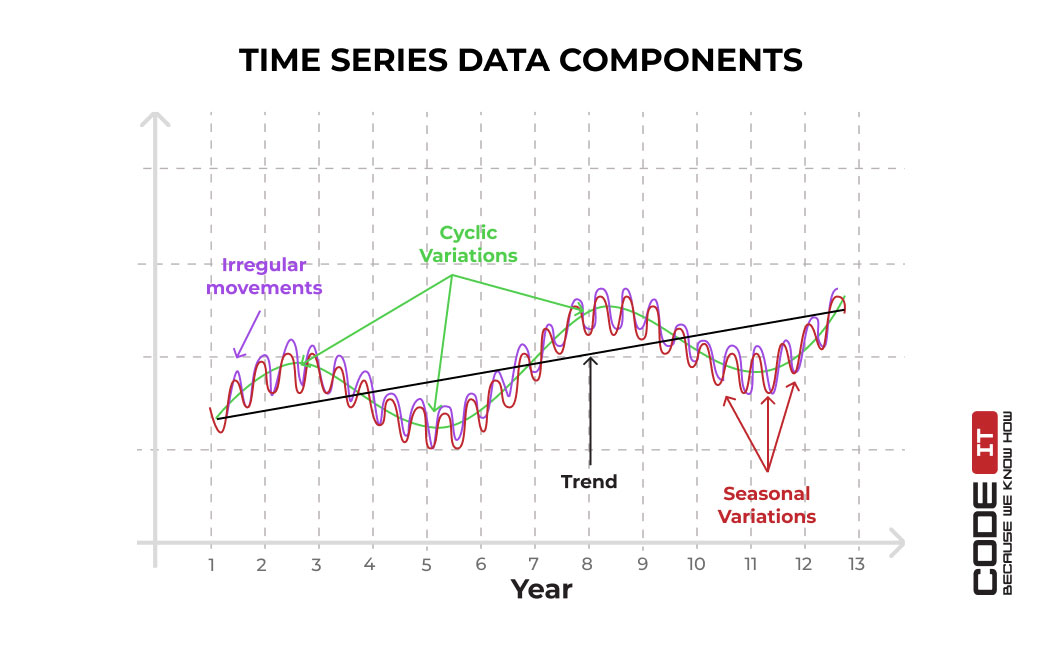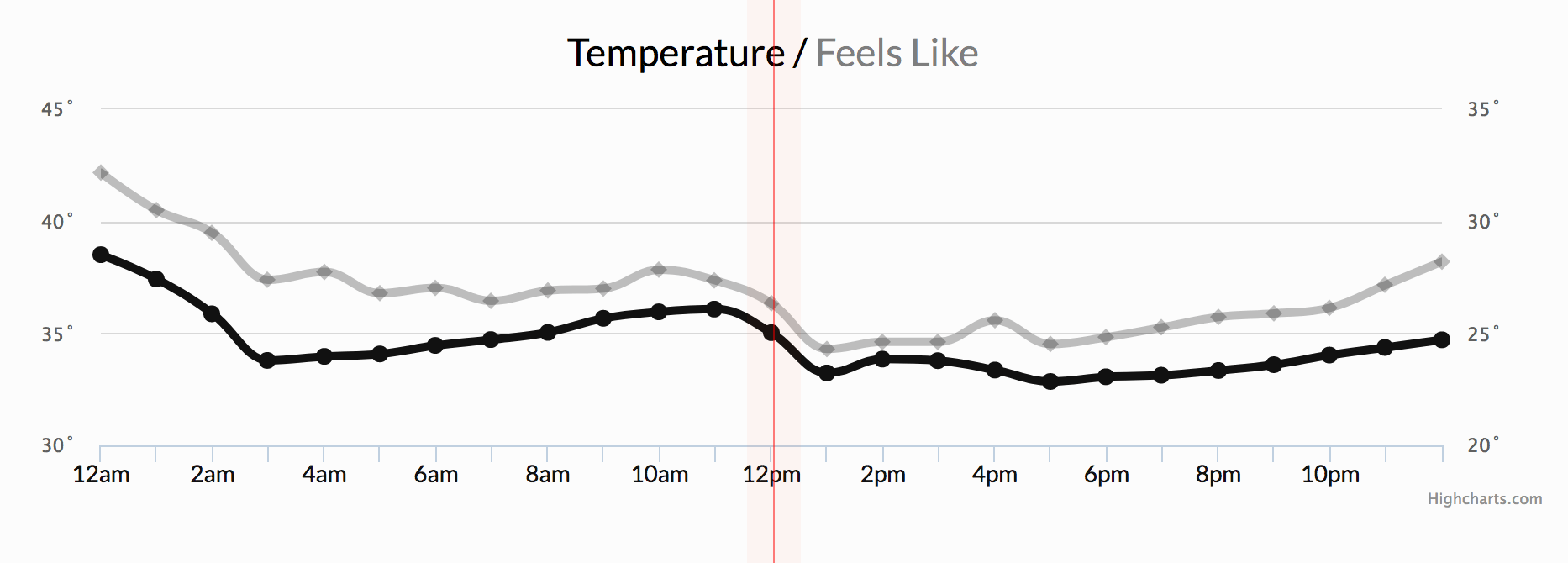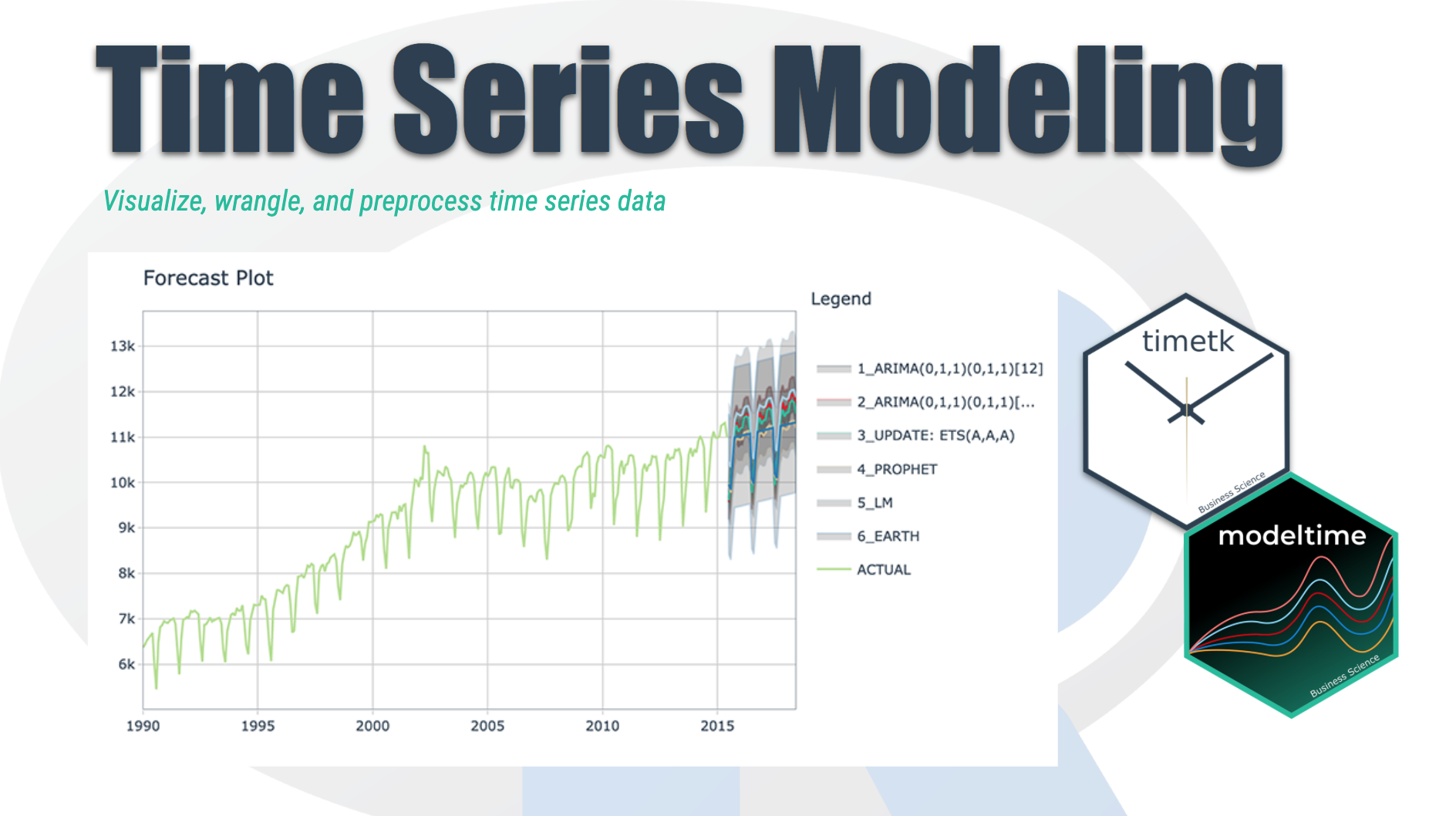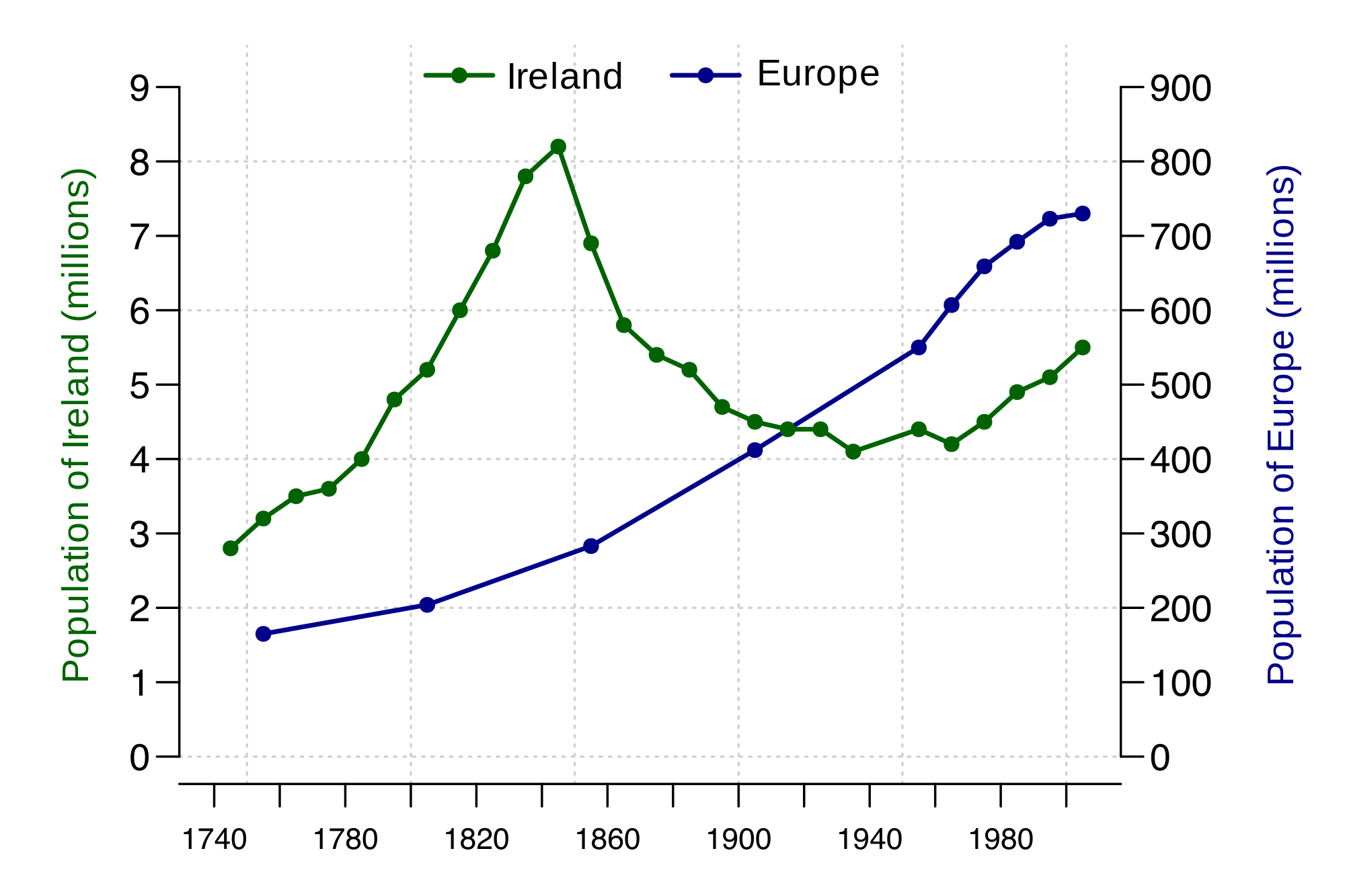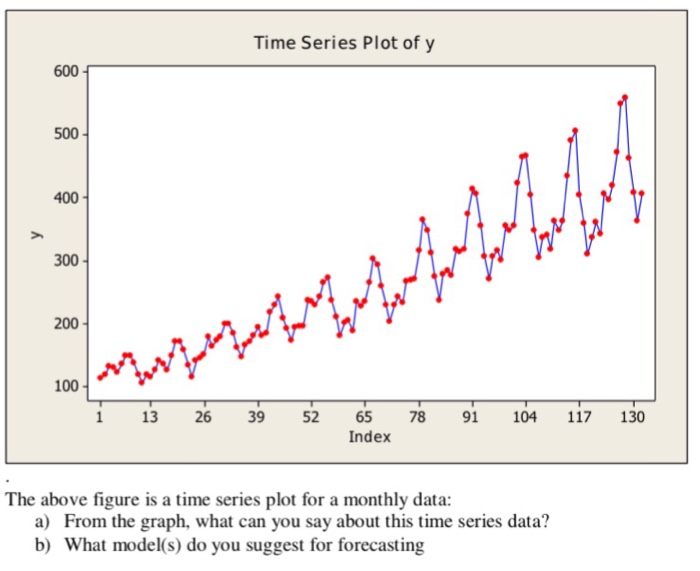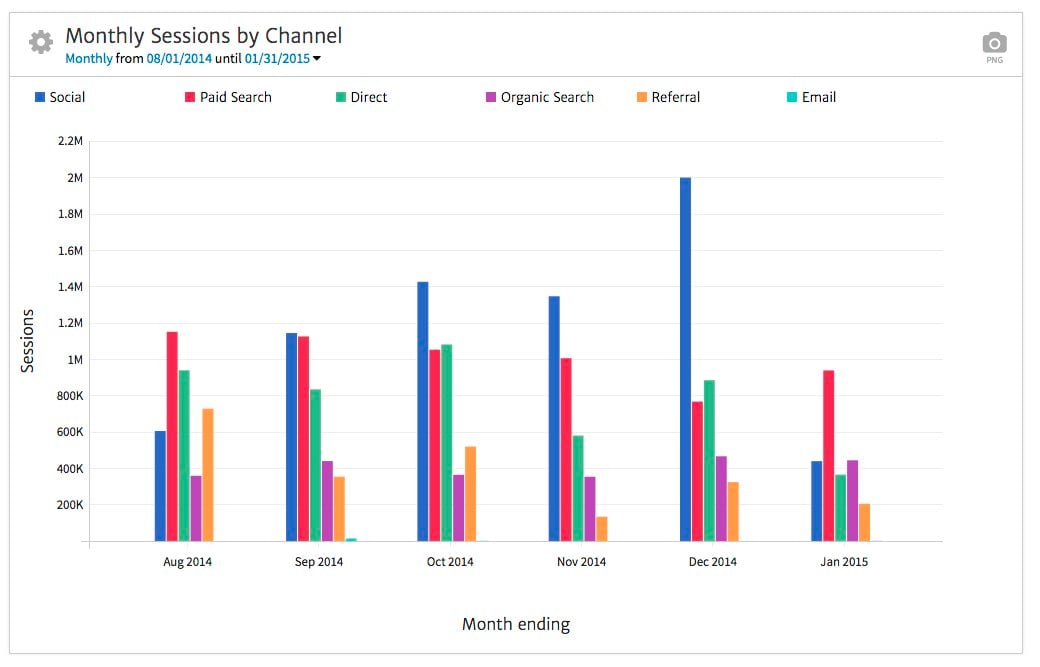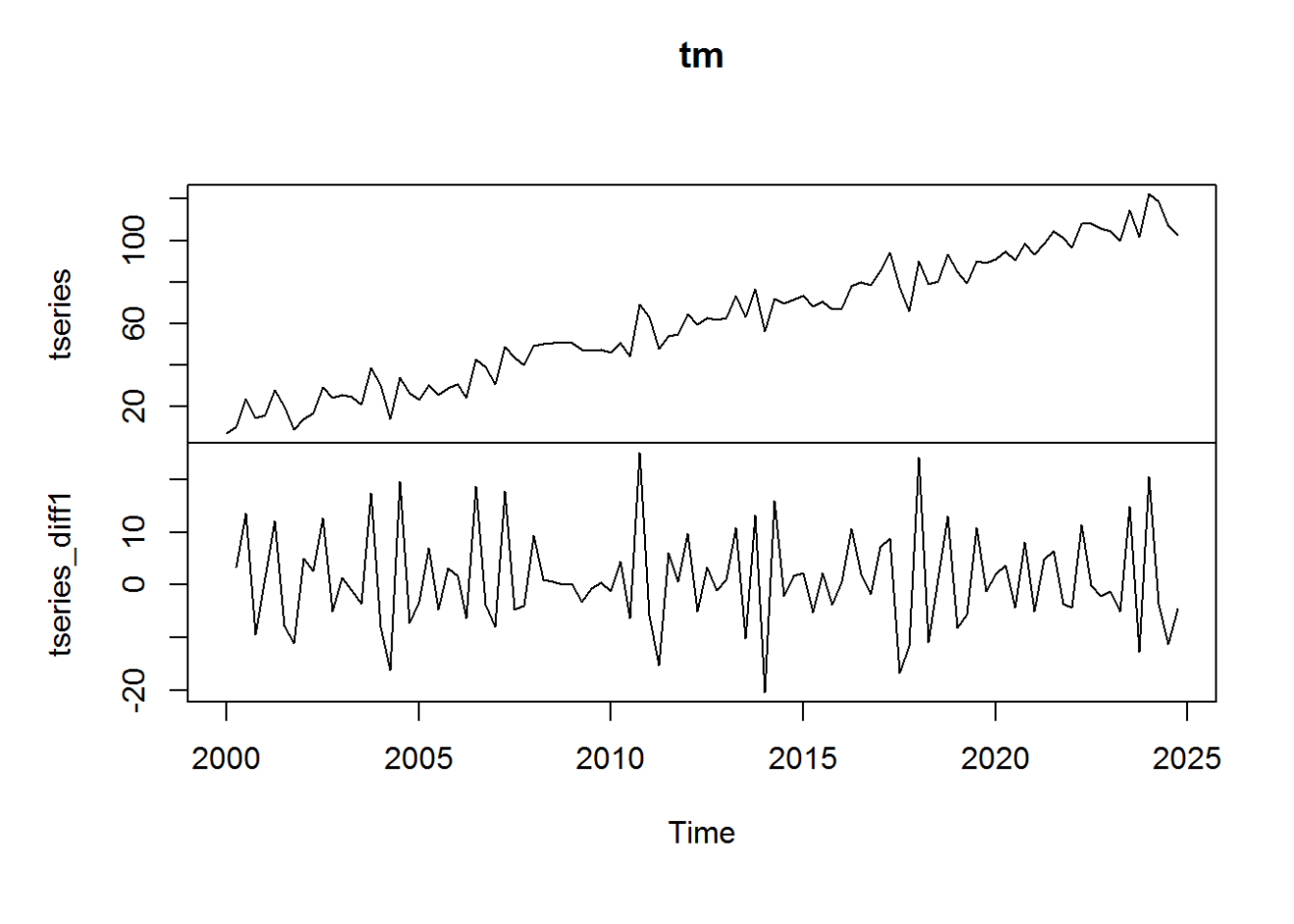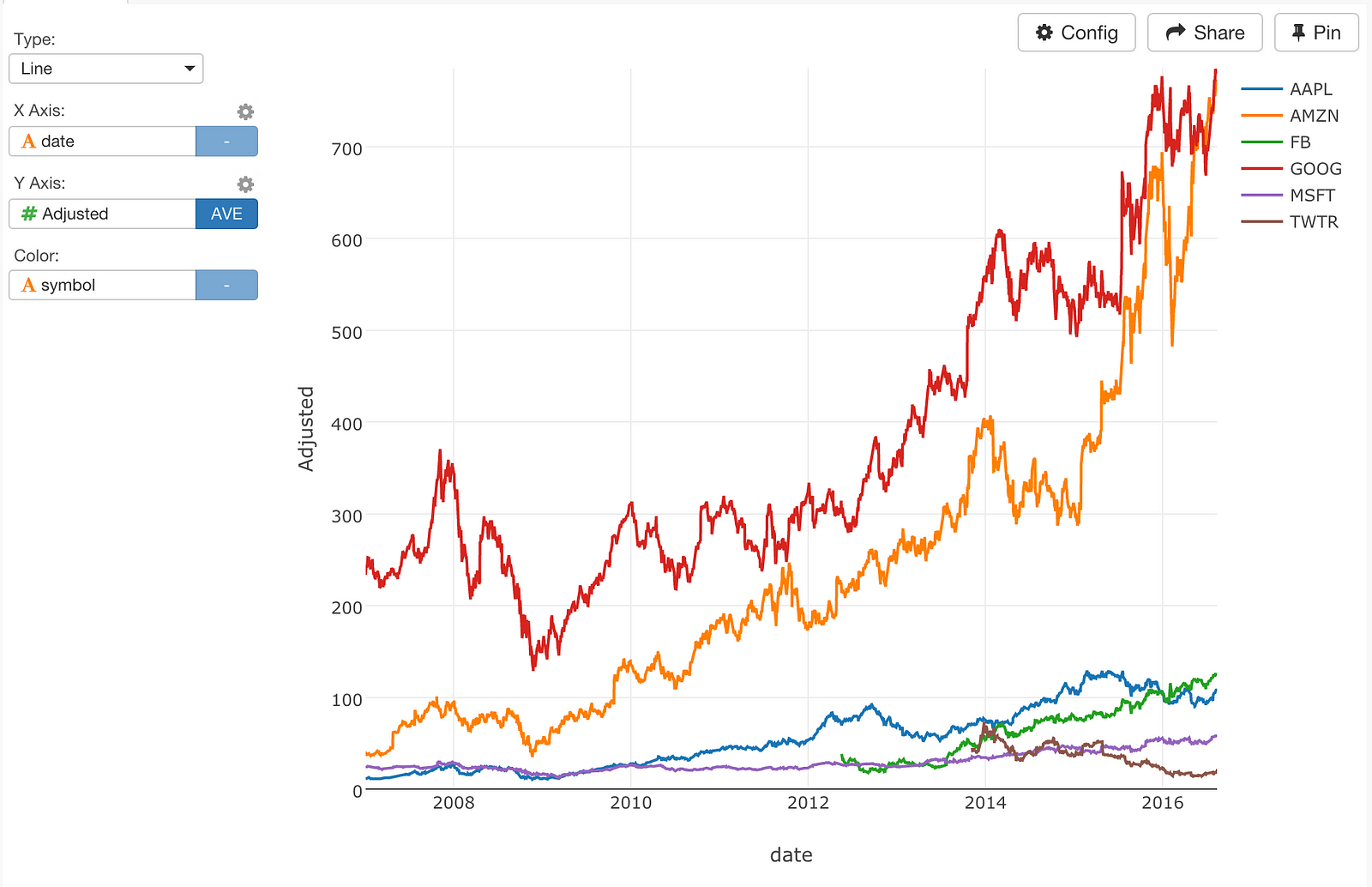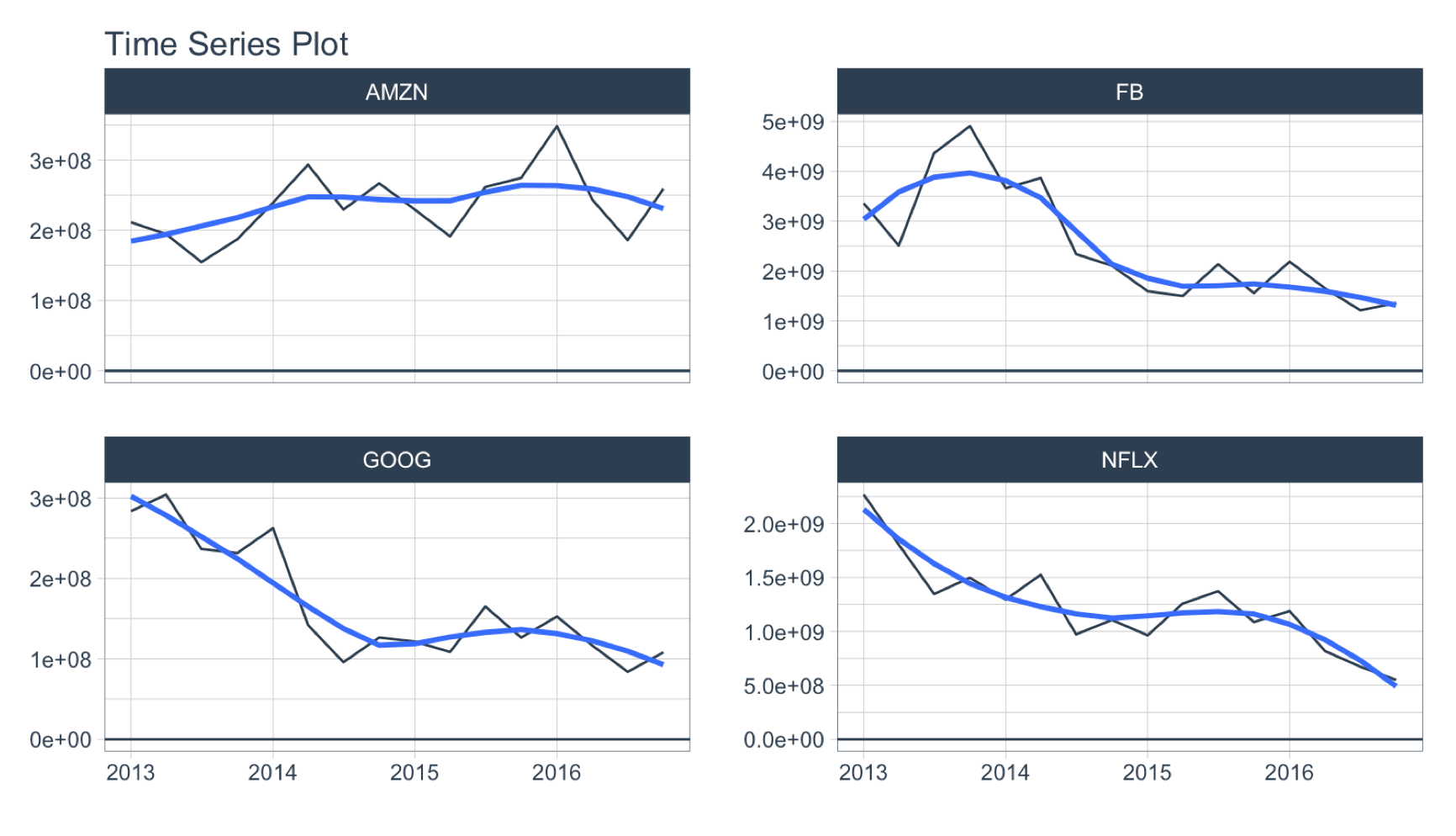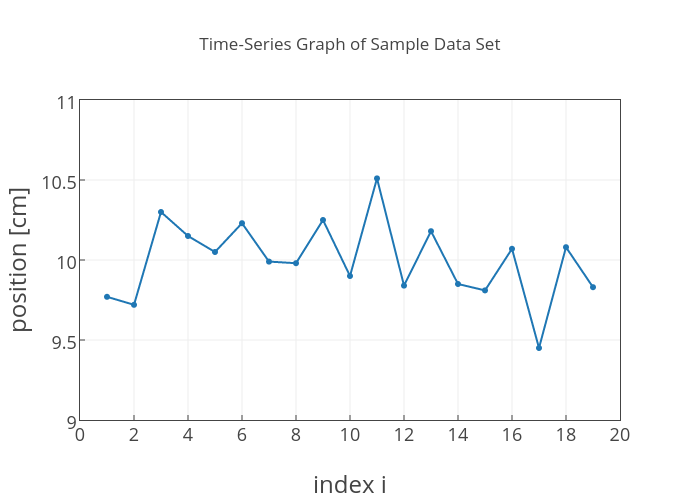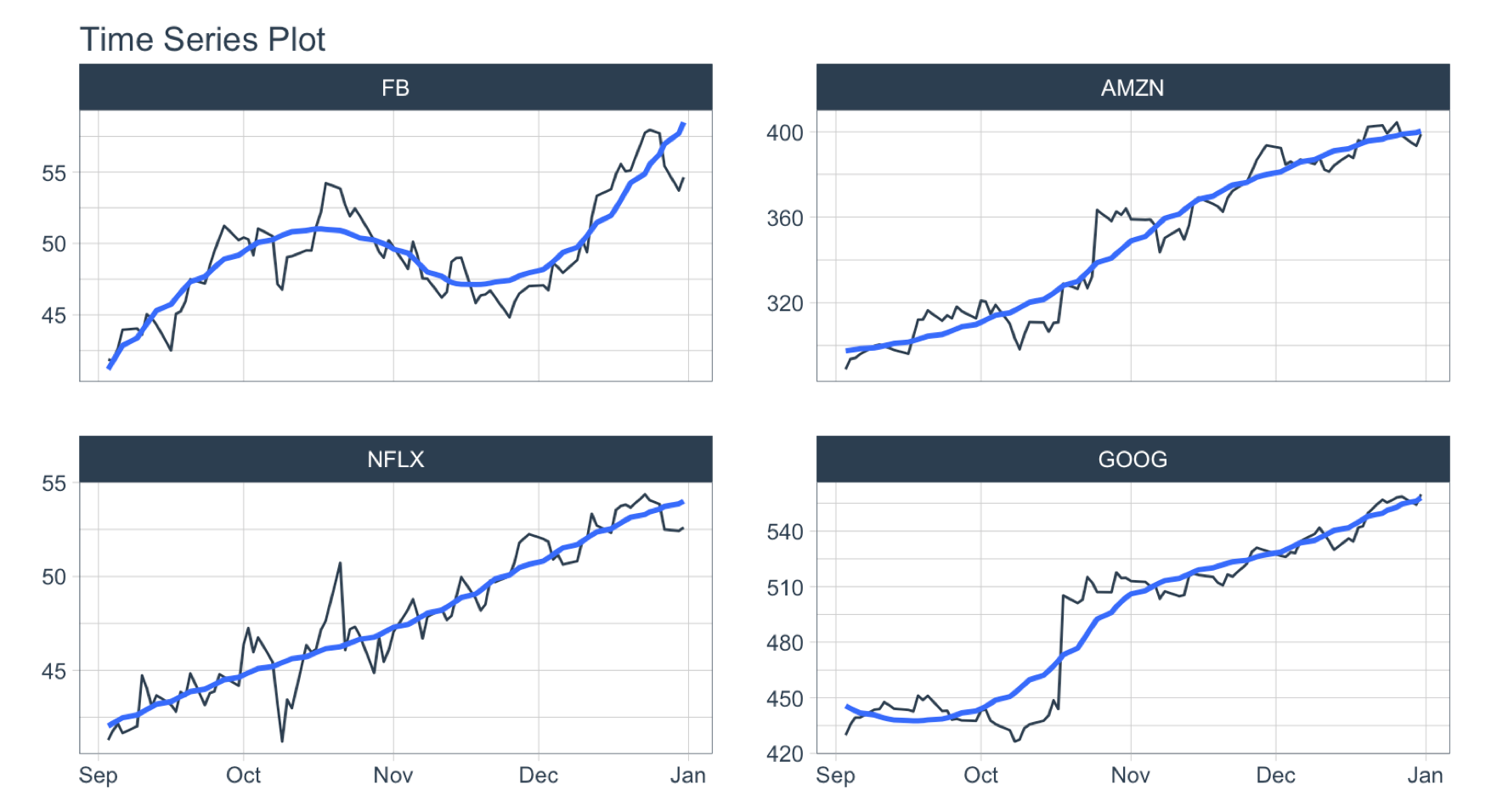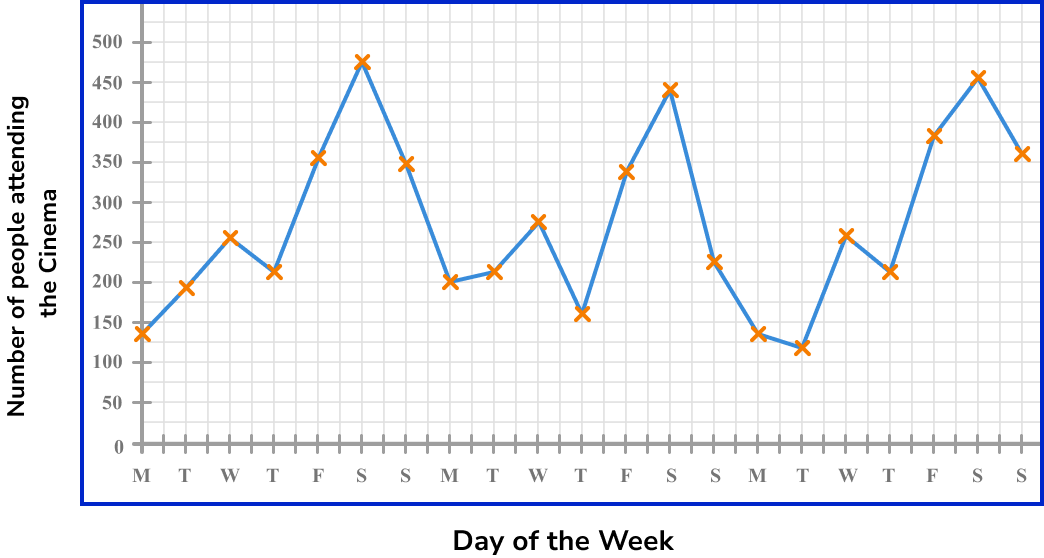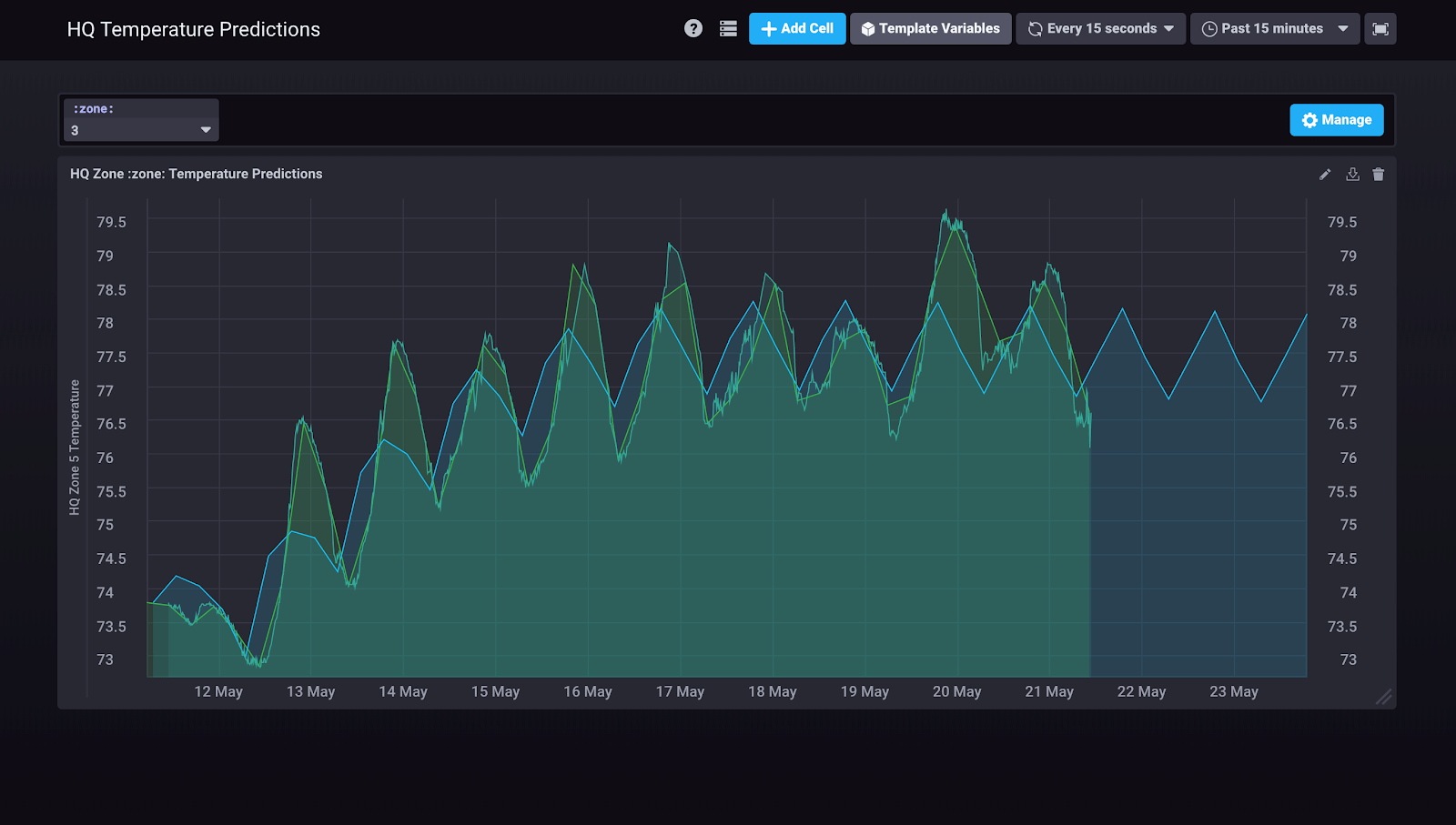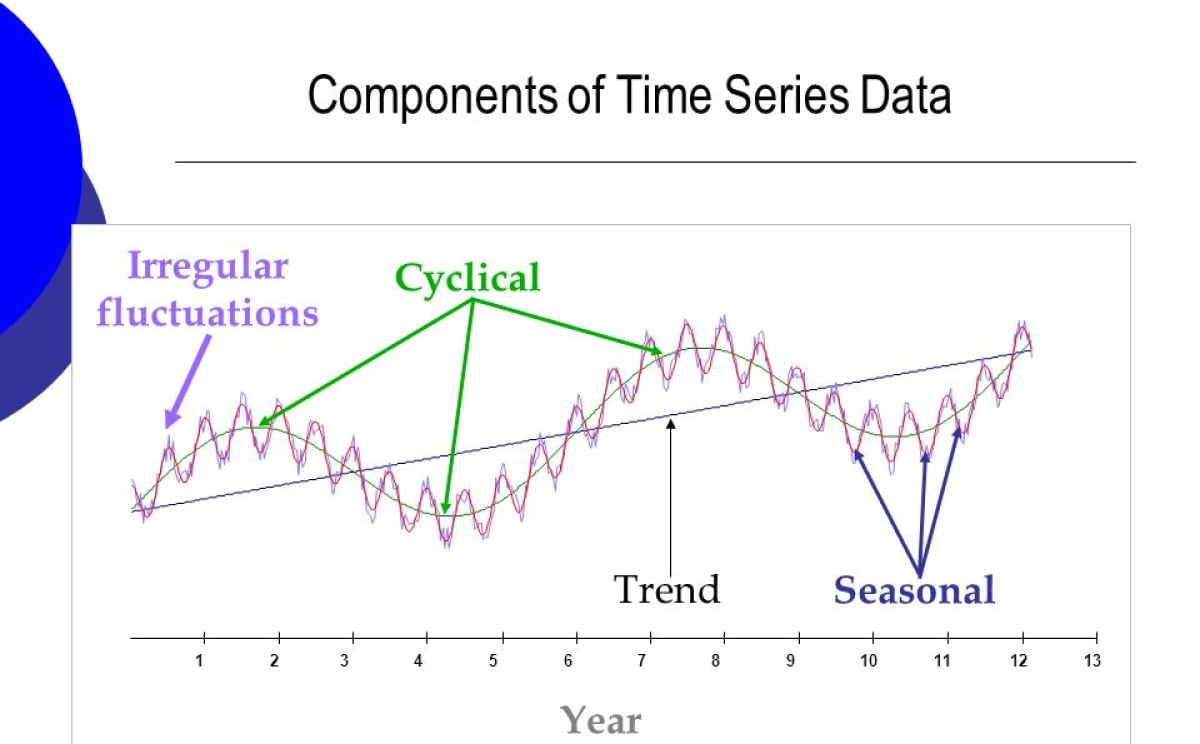Fantastic Tips About What Graph Is Best For Time Series Data Chartjs Combo Chart
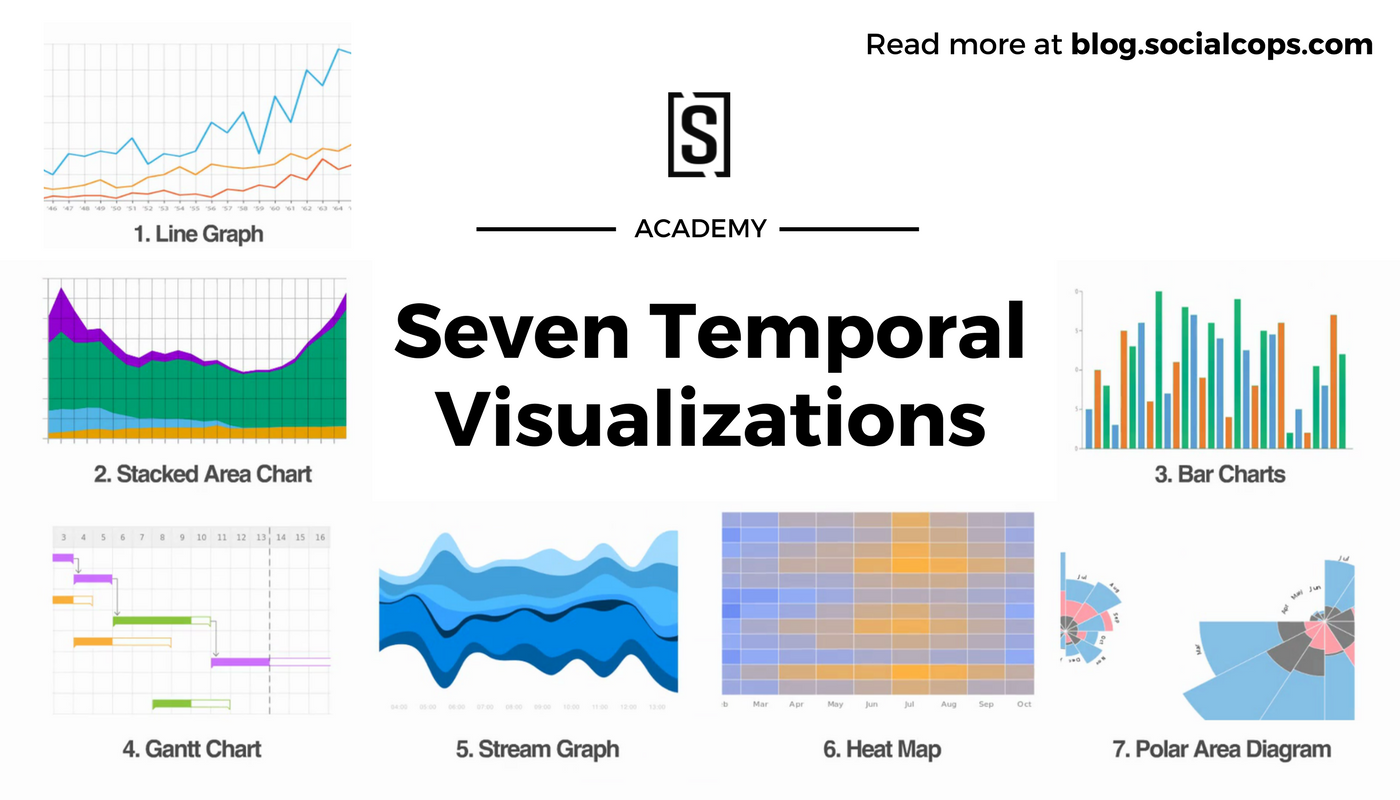
In time series analysis, analysts record data points at consistent intervals over a set period of time rather than just recording the data points intermittently or randomly.
What graph is best for time series data. Seasonal plots, rolling window, time series decomposition and more. To visualize time series data: A picture is worth a thousand words.
Bar charts work best for time series when you’re dealing with distinct points in time (as opposed to more continuous data). They can be used to show a pattern or trend in the data and are useful for making predictions about the future such as weather forecasting or financial growth. Taylor swift’s eras tour has been a trending topic worldwide since its first show in march 2023.
As the name implies, it’s a graph that displays data as a series of connected points, or lines. Sensors, monitoring, weather forecasts, stock prices, exchange rates, application performance, and a multicity of other metrics that we rely on in our professional and daily lives. A line graph is one of the most straightforward ways to visualize time series data.
Are there any patterns in the data? Nate cohn chief political analyst. What is time series data?
Line charts are the most common type of time series chart and are used to show the trend over time. A time series graph is a line graph that shows data such as measurements, sales or frequencies over a given time period. A line graph is the simplest way to represent time series data.
Select the visualization type (e.g., graph). A time series is a series of data points indexed (or listed or graphed) in time order. Time series analysis is a specific way of analyzing a sequence of data points collected over an interval of time.
Specify your query to fetch the desired time series data. Adjust the display settings like axes, legend, and thresholds according to your preferences. A time series is a data set that tracks a sample over time.
Graphs of time series data points can often illustrate trends or patterns in a more accessible, intuitive way. Python, with its extensive library ecosystem, provides a robust platform for handling time series data efficiently and scalably. We can encounter it in pretty much any domain:
Most commonly, a time series is a sequence taken at successive equally spaced points in time. They tend to work better when you have data points that are evenly spaced in time. A line graph uses points connected by lines (also called trend lines) to show how a dependent variable and independent variable changed.
Grafana provides a powerful query editor where you can refine your. Are there any unusual observations (outliers)? It is intuitive, easy to create, and helps the viewer get a quick sense of how something has changed over time.
